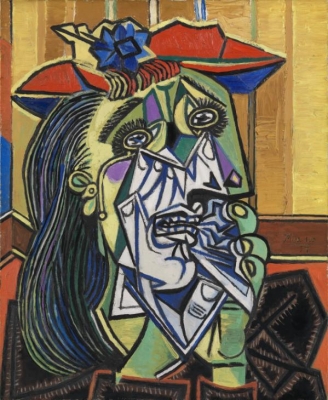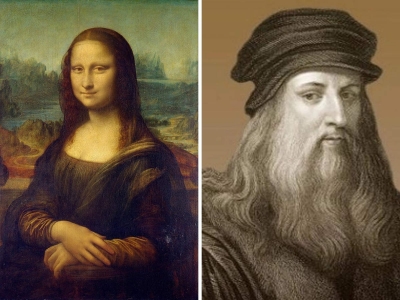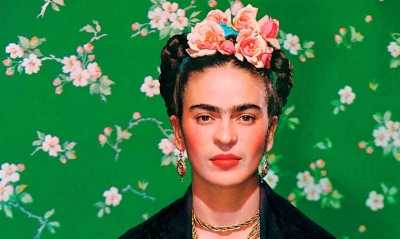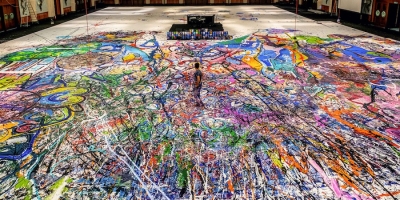Which post Impressionist painter is known for his use of bold colours and strong expressive brushwork?
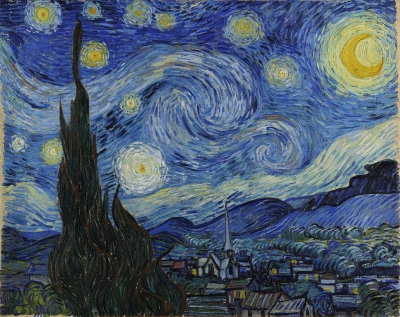
The transportive work of Vincent van Gogh has transposed us through the limits of time and into an era where Impressionist paintings were a statement to be made. While the artist himself may be of post-impressionism, he manages to capture the open composition of the movement perfectly.
Through his swirling brush strokes, the artist would convey his feelings and his state of mind. His belief that there was a power behind nature made him try to capture it through his work. Therefore, he strove to become a painter of rural life and nature.
Van Gogh always aimed to stay within the “guise of reality” which gave his paintings an abstract form. However, he later wrote that at times he might have taken it too far, reality having been set as a background character and being heavily overshadowed by the protagonist: symbolism.
Each artistic development Van Gogh had gone through has been owed to his living across different places in Europe. He took to immersing himself in the local culture and activity, he judged and studied the lighting and implemented in his various paintings. His evolution had been slow, and he was acutely aware of his painterly limitations, yet he kept his individual outlook throughout each work.
He might have been pushed to move often as a coping mechanism when faced with the realities of his current situation, however, it also contributed to his development of his technical skill. Whenever he painted a portrait, he wanted them to endure through the passage of time and would use colors to capture the emotions of each person rather than aim for realism.
Picture Credit : Google
